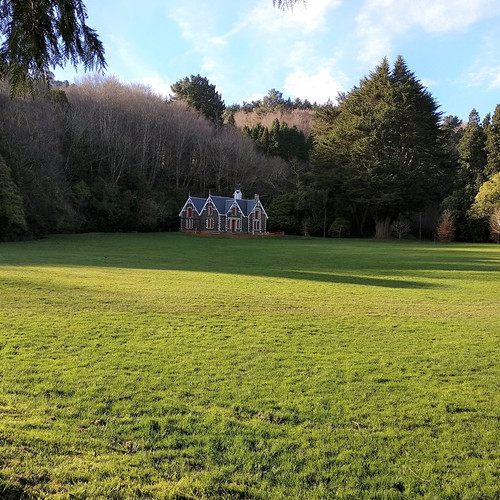Why plants enhance creek life
If you find yourself walking along the Lindsay awa, see if you can identify the ‘riparian zone – a strip of vegetation that acts as a buffer between the land and water.
In healthy systems, riparian zones are made up of a thick undergrowth of small shrubs and grasses and taller, canopy trees.
Riparian zones provide unique habitats for wildlife, such as birds, and protection for water systems. The roots of plants growing in riparian zones provide bank stability and act as a sieve, trapping contaminants, like nutrients and sediments from surface water (runoff) before they reach the waterway.
Canopy trees act as a barrier to air contaminants and provide shade which keeps water cool and reduces aquatic weed and algal growth. Less weedy, cooler water, provides better habitat for many aquatic species, for example, native fish generally prefer water temperatures below 25ºC.
Trees also provide bank stability and further filtration of nutrients. Increased bank stability reduces erosion especially during flooding, ensuring streams remain clear of sediment which can dramatically alter water course and quality.
We can assess healthy waterways by sampling aquatic invertebrates where different species act as an indicator for water quality (known as the Macroinvertebrate Community Index -MCI).
To enhance riparian zones, we can remove weedy species and replant these with natives, for example, grasses like Carex secta, harakeke (flax), tī kōuka (cabbage tree) and mānuka. By planting natives and keeping on top of weedy species in riparian zones we can support a wide ecosystem.
Open VUE educator Clare Cross




